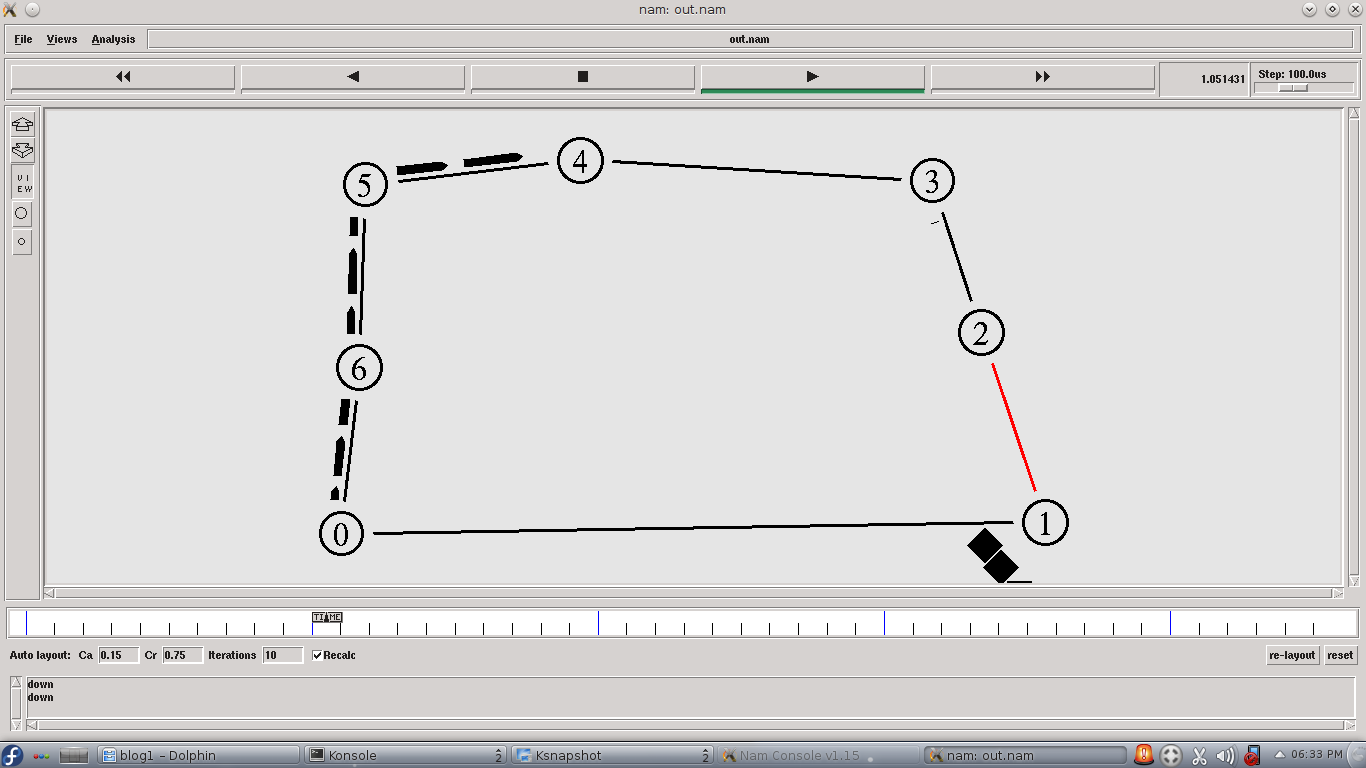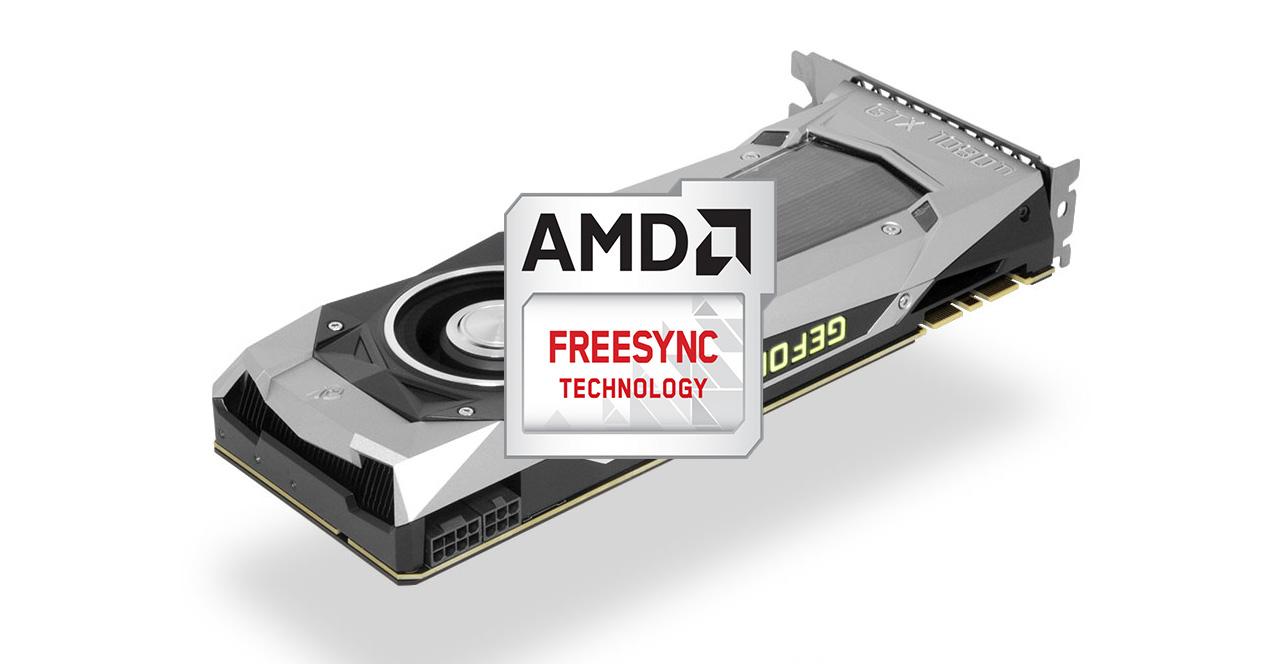
See for the list of G-SYNC Compatible displays. G-SYNC Compatible displays have been validated by NVIDIA to not show pulsing, flickering, or other artifacts during VRR gaming. NVIDIA G-SYNC can now be used to activate the VRR features of G-SYNC Compatible displays.An occasional crash on "Shadow of the Tomb Raider" with the game running in DirectX 12 mode was fixed. Multiple apps throw up artifacts on Windows RS5 when resolution is changed, on machines with RTX 2080, which NVIDIA fixed with this release. A Windows 7-specific error in which game frame-rates drop when both G-Sync and the in-game V-sync are enabled. Also fixed is black screen noticed on BenQ XL2730 when the refresh-rate is set to the monitor's advertised 144 Hz.

Also addressed is a black-screen noticed on monitors connected via DisplayPort, when resuming from S3 sleep. To begin with, it fixed the problem of the GeForce GTX 1080 not dropping down GPU clock-speed to idle when three displays are connected.

NVIDIA also addressed a number of issues. The only feature only supports single-displays for now, and NVIDIA plans to add multi-display Adaptive-Sync support later. NVIDIA maintains this repository of monitors it has tested to support Adaptive Sync, although any compatible monitor meeting the cable requirements can be made to run G-Sync. More importantly, it makes good on CEO Jen-Hsun Huang's promise to make NVIDIA GPUs, "Pascal" and "Turing," compatible with VESA Adaptive-Sync (AMD FreeSync) monitors.
#AMD FREESYNC LINK FAILURE ON SLEEP DRIVER#
Version 417.71 WHQL is the first public driver to add support for the new GeForce RTX 2060 graphics card. NVIDIA today released its latest version of GeForce software.


 0 kommentar(er)
0 kommentar(er)
